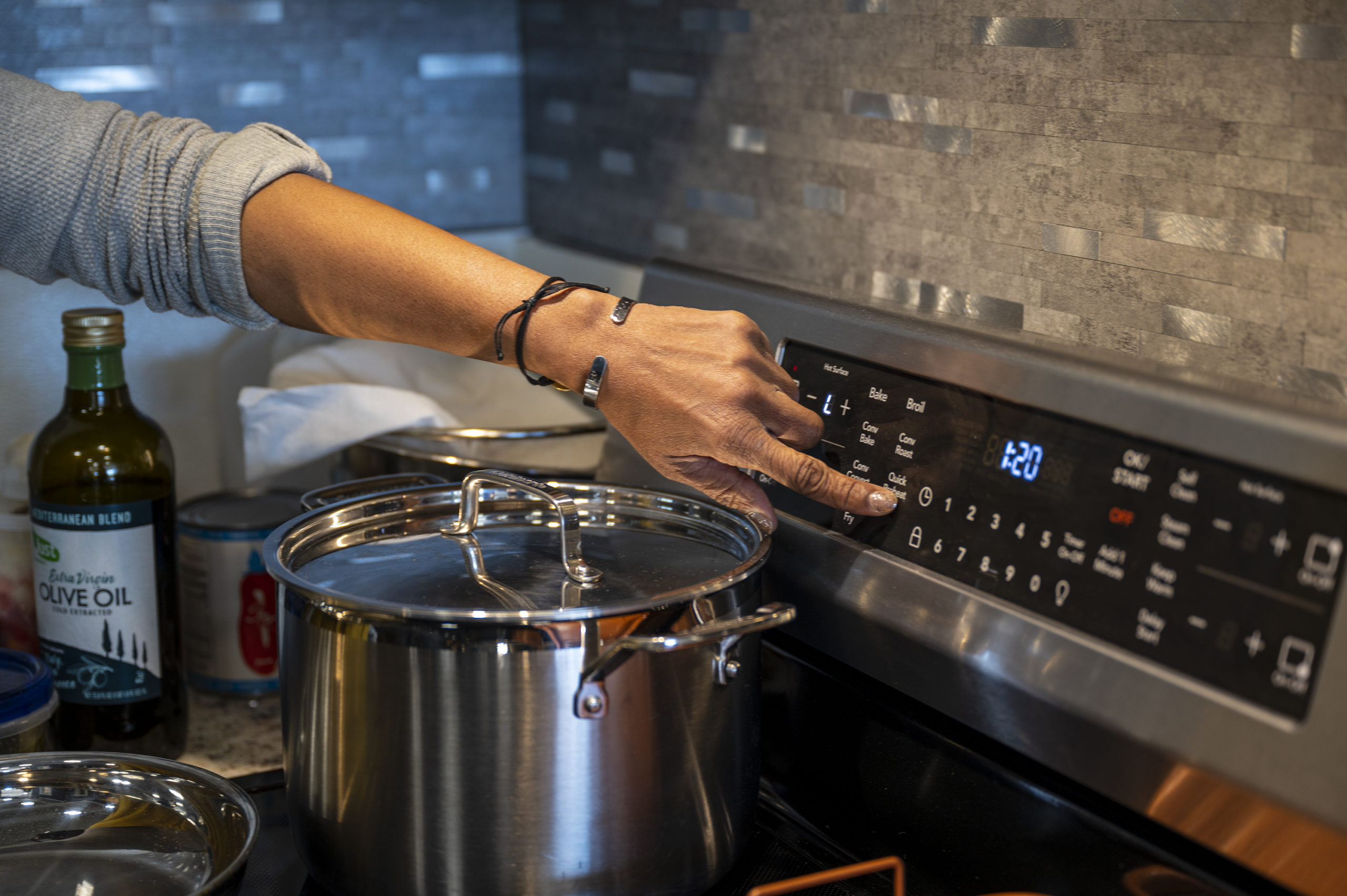Oven Pilot Gives NYCHA Residents Induction Stoves for Air-Quality Project

Chef Sia Pickett works an induction oven at a cooking class Mott Haven. Feb. 11, 2022
Photo by Hiram Alejandro Duran/THE CITY
 This article was originally published on by THE CITY.
This article was originally published on by THE CITY.
The food was familiar at a Mott Haven cooking class on Friday: baked chicken, rice with pigeon peas and spaghetti with vegetable sauce.
But the methods were not.

Brooklyn Boro
View MoreNew York City’s most populous borough, Brooklyn, is home to nearly 2.6 million residents. If Brooklyn were an independent city it would be the fourth largest city in the United States. While Brooklyn has become the epitome of ‘cool and hip’ in recent years, for those that were born here, raised families here and improved communities over the years, Brooklyn has never been ‘uncool’.